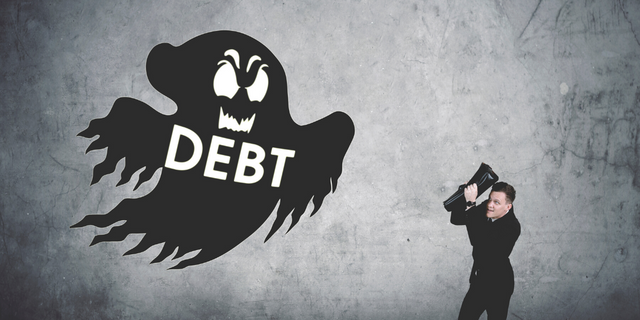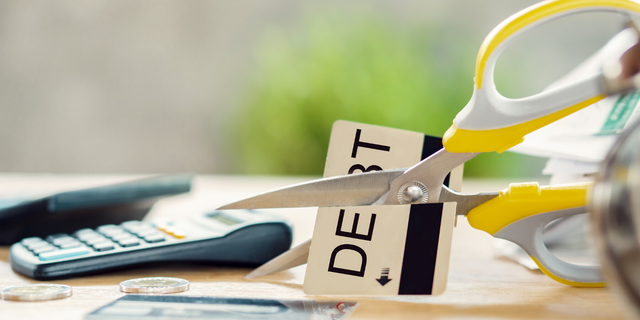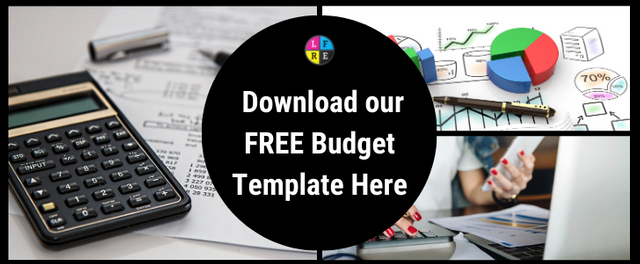
As said by Robert Kiyosaki “Good debt will make you rich, whereas bad debt will make you poor”
Believe it or not, there actually is something called good debt and what you are told by those who say all debt is bad are from those who are simply bad with money. With a little education you can understand the difference between the two.
How Good Debt Will Make You Rich
Good debt can make you very rich. The rich use debt as leverage. Leverage is using debt to increase the return of an investment. Having a mortgage on a rental property for example, is leverage.
This may be a controversial thing to say BUT car repayment could be considered as good debt IF you have plenty of passive income coming in. If you haven’t … it goes into the bad debt category.
What if the interest for a car payment was 9% APR BUT your investments were bringing in a return of 20% a year … that now, becomes good debt.
Types of Good Debt:
- A real estate investment – as leverage (a mortgage loan). To learn about leverage click here.
- A business investment – to grow your business
- A personal investment – to advance your skills or knowledge
- A car loan … wait … before you Dave Ramsey evangelist’s come bite my head off, think about this, you buy a used car for £10,000, you use it as transportation to get you to and from work everyday and allows you to live your life. The cost of running and maintaining the car might be more cost effective.
Good debt can make you richer and richer
How Debt Can Be Helpful
Good debt can increase your credit score. Having zero amount of debt … like ever … will harm your credit score in the long run. If you decide to buy your own house but have never had a credit card before give the banks no evidence that you can pay it back. To avoid a bad credit score, you can take out a credit card with a £2,500 overdraft and not use it. If you do use it, use it for things like grocery shopping that you have already budgeted for and pay it off straight away. This shows the bank that you are a trustworthy person.
What if you took out a personal loan to invest in the stock market, in a rental property OR in crypto? The interest rate was fixed for 5 years at a rate of 3.9%. Good or bad debt – you can decide for yourself.
In my very early 20’s, I went to get a joint bank account with my then boyfriend, but because I had never had a credit card and had very little credit history, the bank wouldn’t accept me as a new customer.
I know in today’s climate that sounds mad, but 15 years ago, I guess that’s how it was.

How Bad Debt Will Make You Poor
What is bad debt? Bad debt are things like student loans, credit and store cards and car payments.
You have bought your dream house, but have no investments or passive income. Now that’s bad debt. You buy your dream house with plenty of passive income … that dream home now becomes good debt. Do you see the difference?
Types of bad debt:
- Borrowing money to pay for things like holidays, shopping sprees, a new TV are all VERY BAD DEBT.
- PAYDAY LOANS!! Avoid these are all costs. You will have to pay a ridiculous amount of interest back, you will never be able to pay the loan back and you will wreck your credit score.
Bad debt will make you poorer and poorer.
What Can You Do About Bad Debt?
I saved over £200 per month by restructuring debt. A credit card was coming to the end of an interest free rate, so instead of paying the insanely high interest rate of 19.something % APR, I simply found another interest free credit card and paid a 1.9% transfer fee for 29 months. That extra £200 per month is going to be invested and with an average of 8.5% return I should make an extra £204 within the first year with that – BONUS!
You can also use the Debt Snowball Method.

What is the Debt Snowball Method?
A debt snowball was created by Dave Ramsey. It is a strategy where you pay off the smallest to largest debts you have.
Step 1: List your debts from smallest to largest regardless of interest rate.
Step 2: Make minimum payments on all your debts except the smallest.
Step 3: Pay as much as possible on your smallest debt.
Step 4: Repeat until each debt is paid in full.
Read about Dave Ramsey’s Debt Snowball Method Here
The LFRE Reverse Debt Snowball Method
I have a different strategy. I would call it the Reverse Debt Snowball.
Where you:
Step 1: List your debts from highest interest rate to smallest interest rate.
Step 2: Make minimum payments on all your debts except the largest.
Step 3: Pay as much as possible on your largest debt.
Step 4: Repeat until each debt is paid in full.
I understand Dave Ramsey’s approach however, I would rather pay less interest overall than have small ‘wins’. Because to me, the biggest win is having more money in my pocket.
Useful External Resources:
👍 Like this article? Follow us Live Full Retire Early on Instagram, Facebook and Pinterest for regular tips, tools and inspiration. 👍
